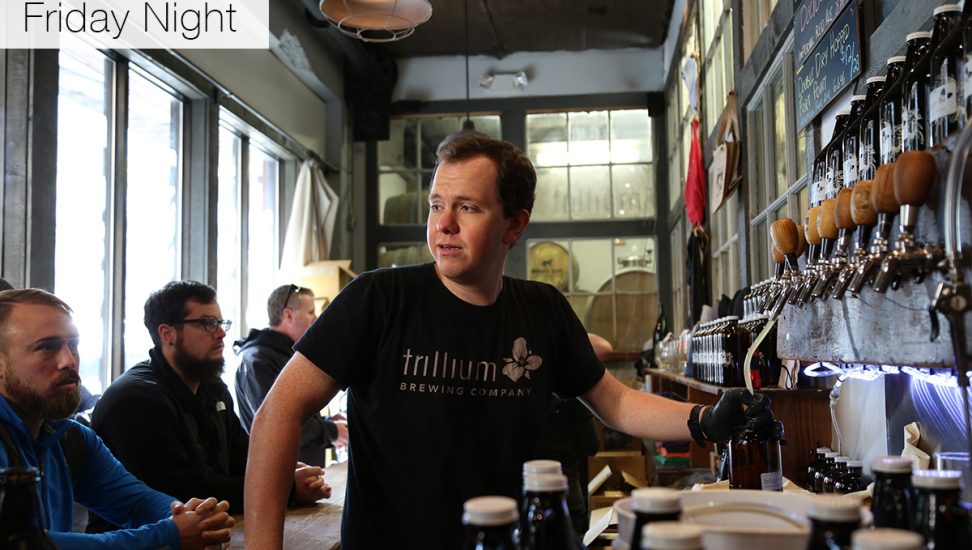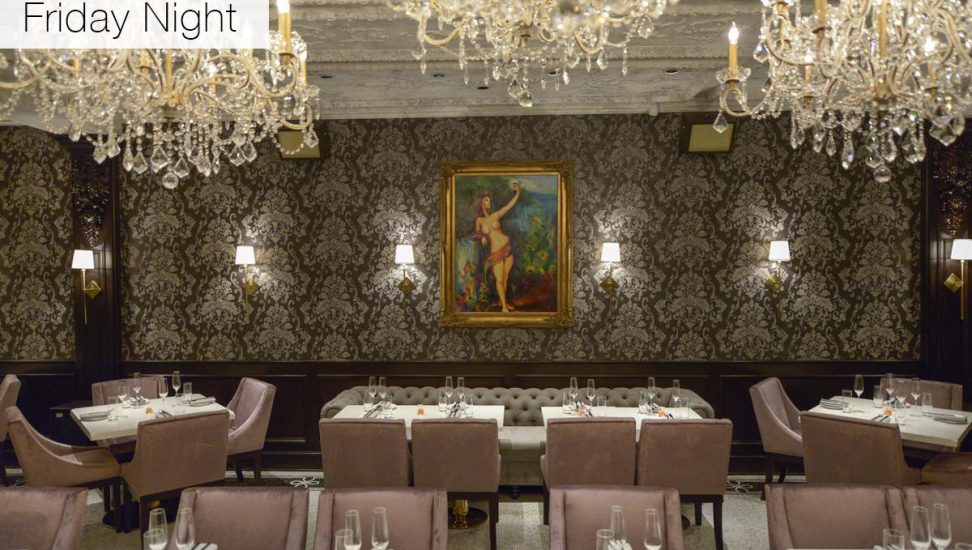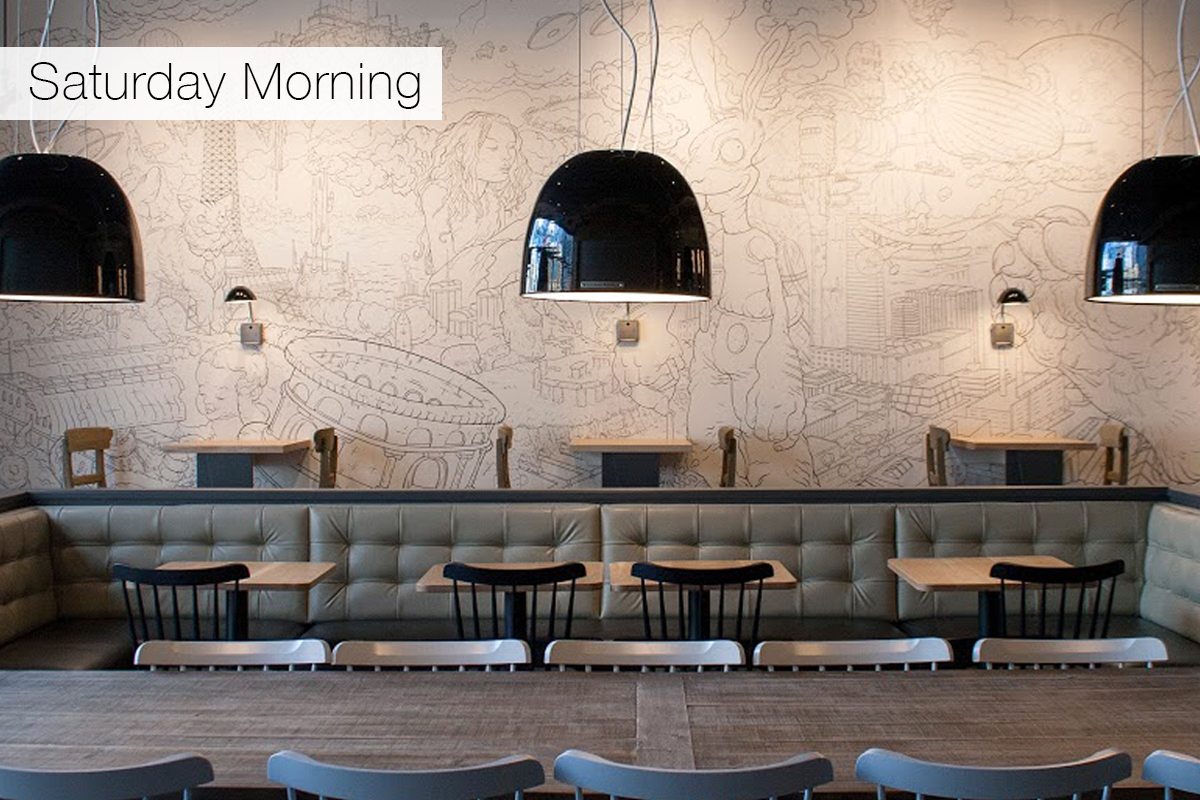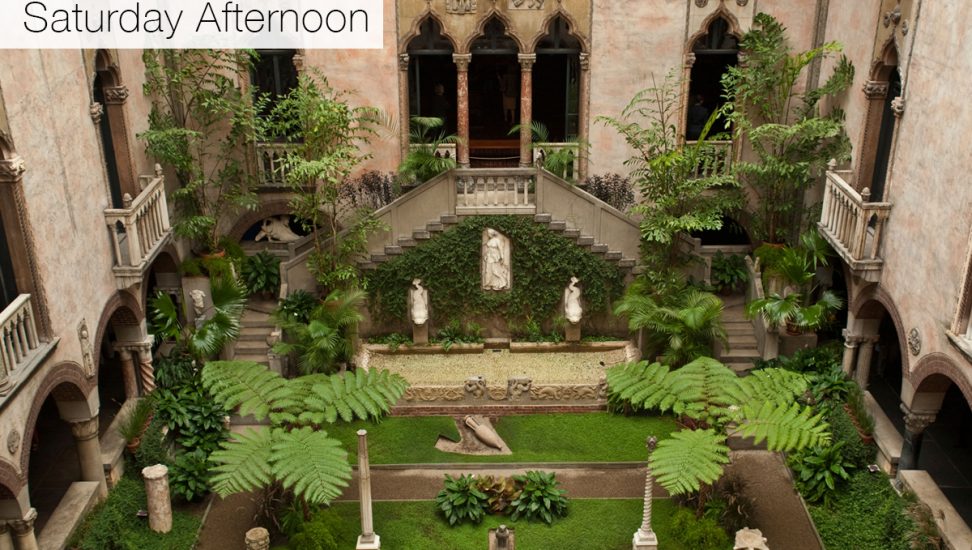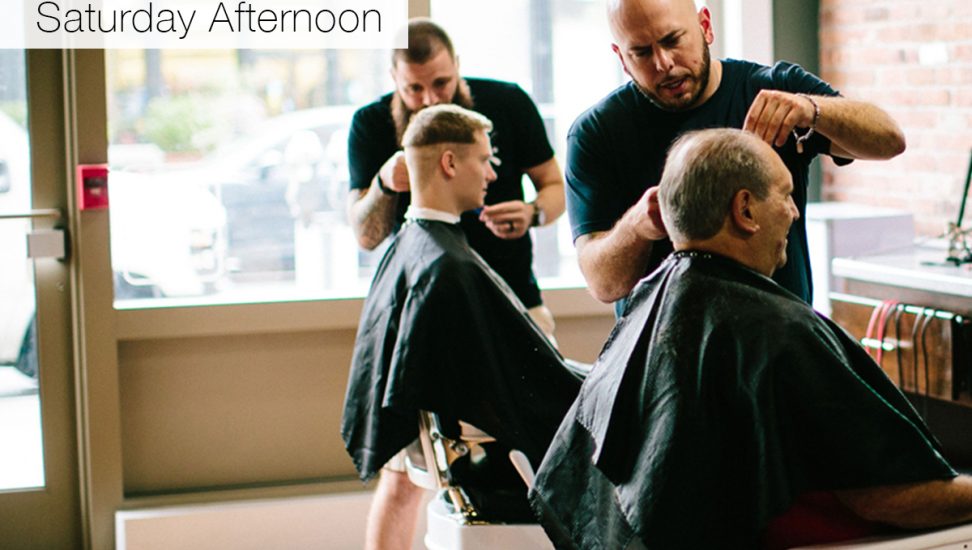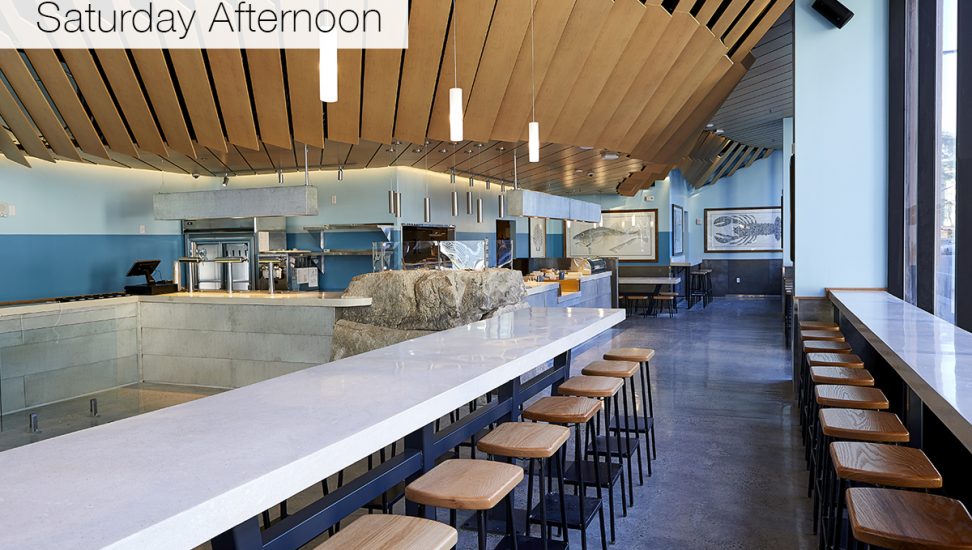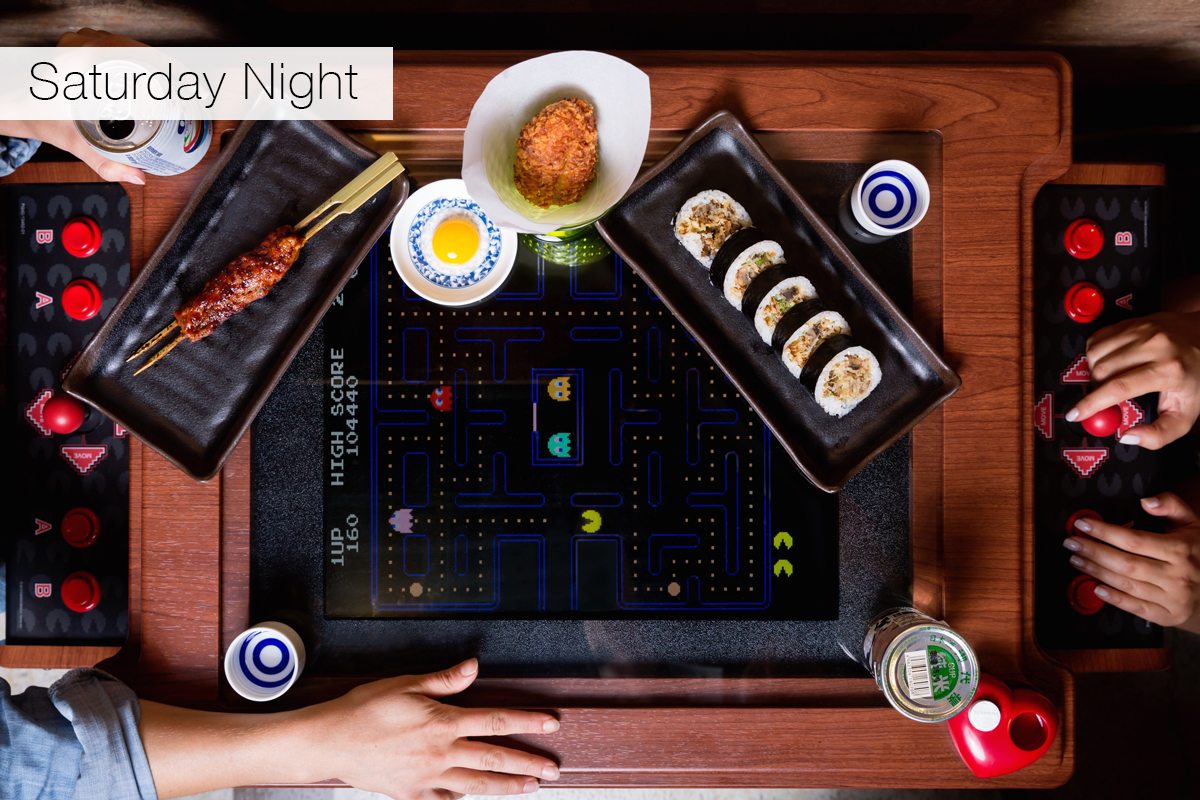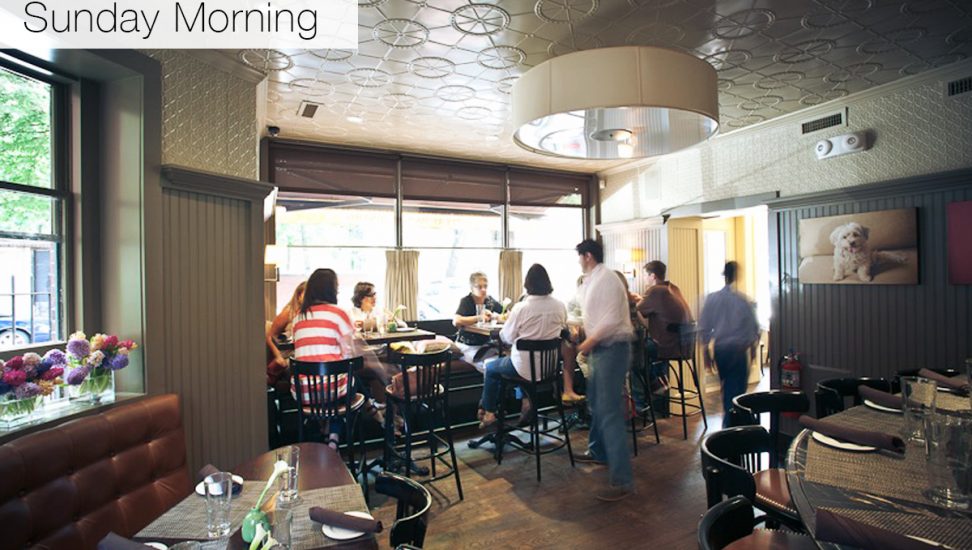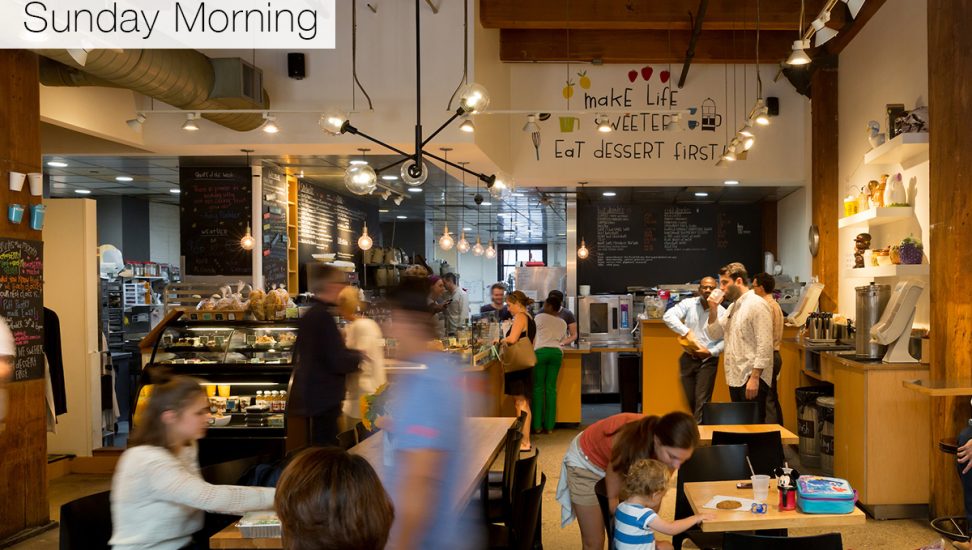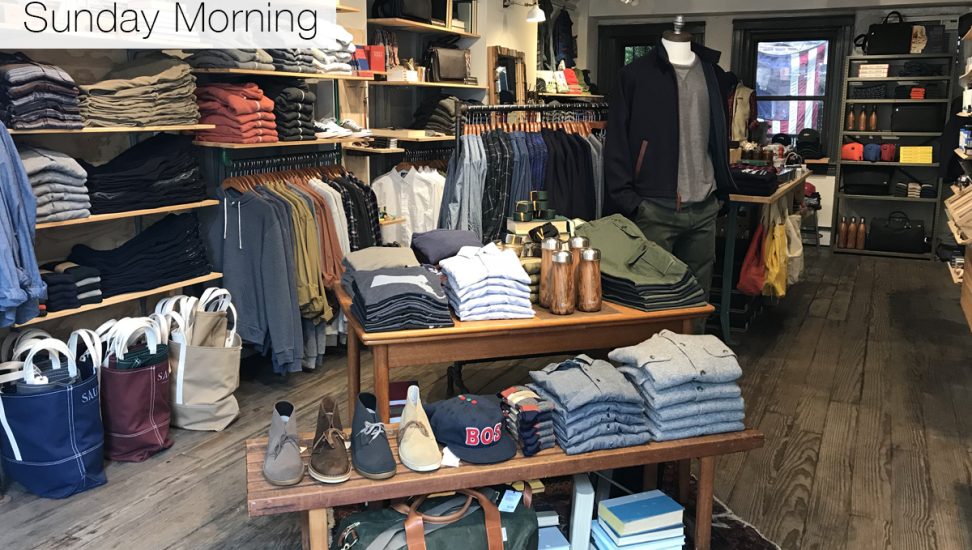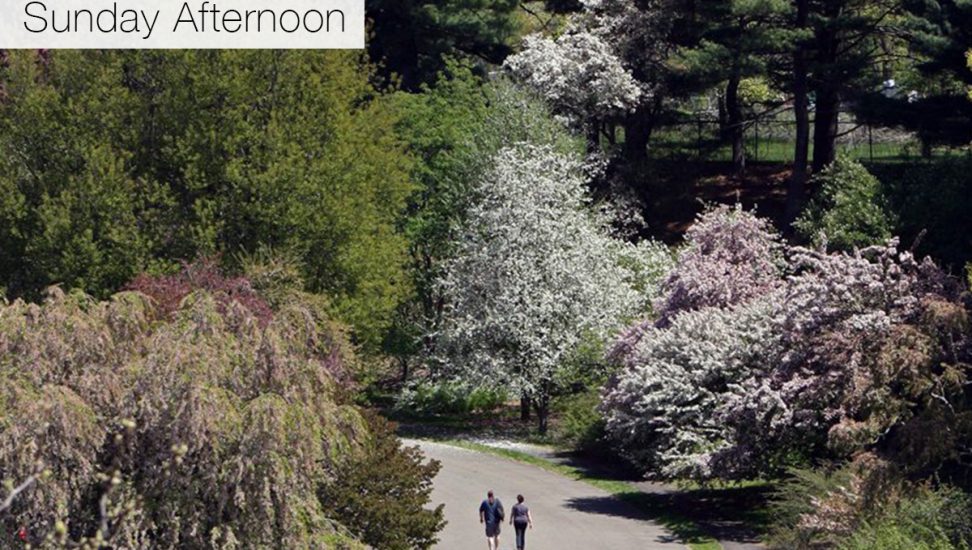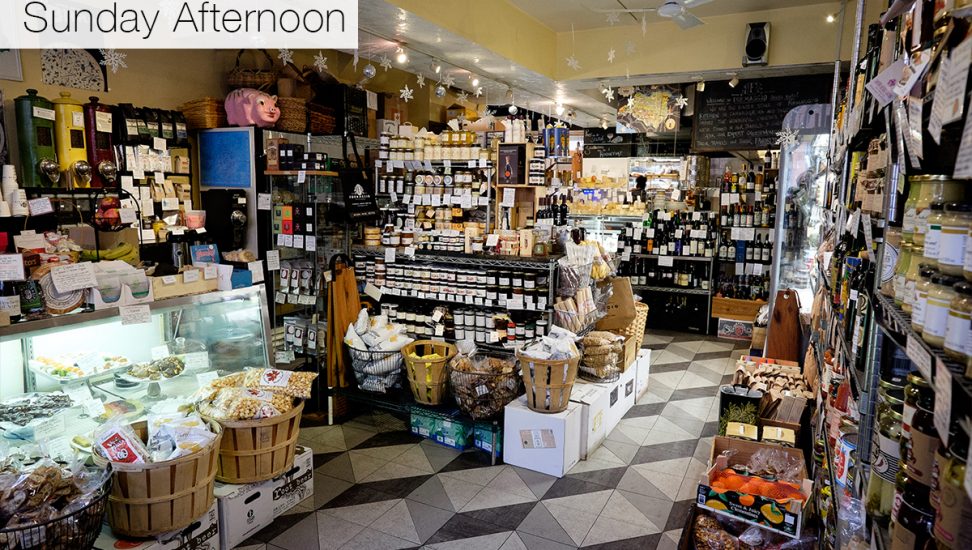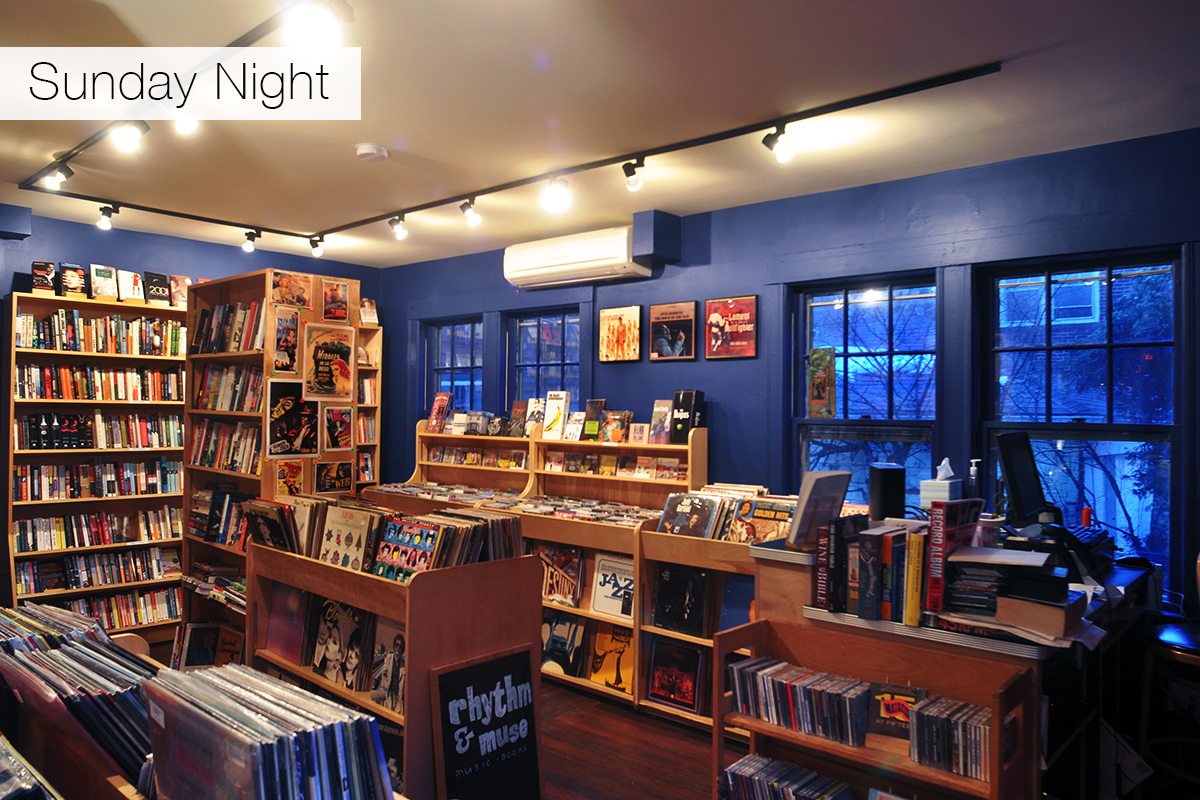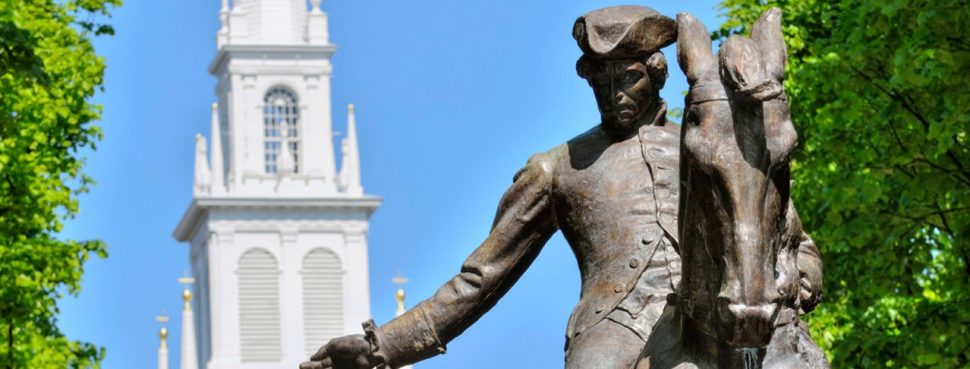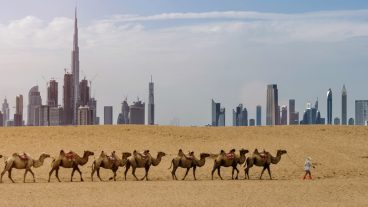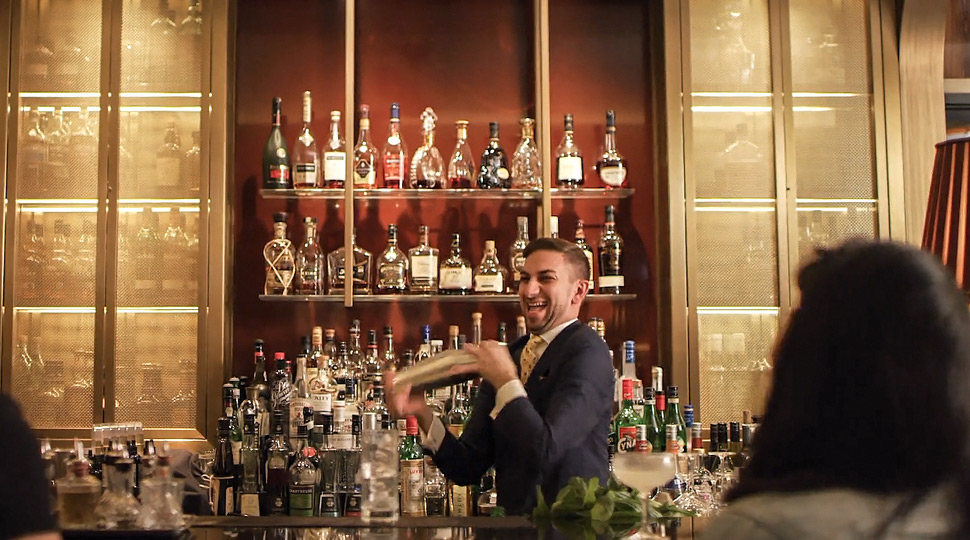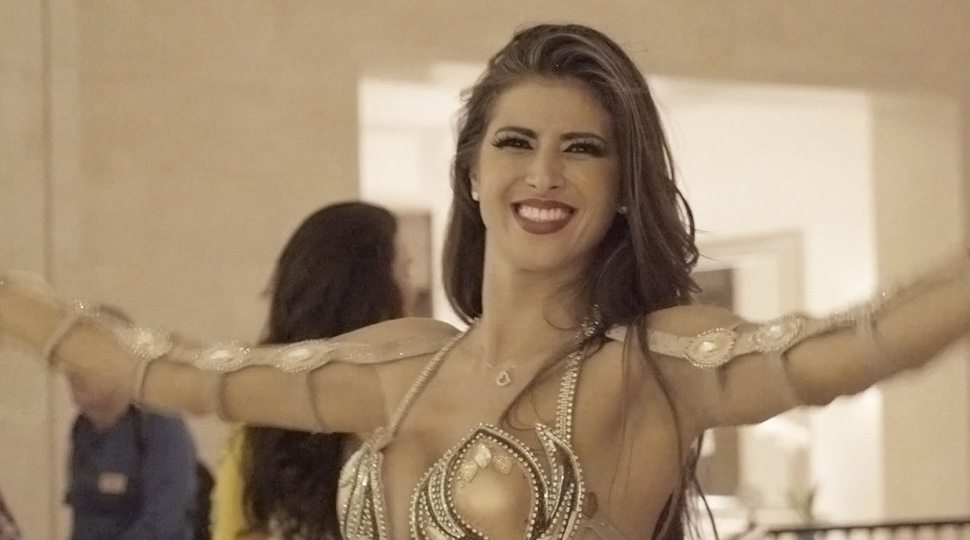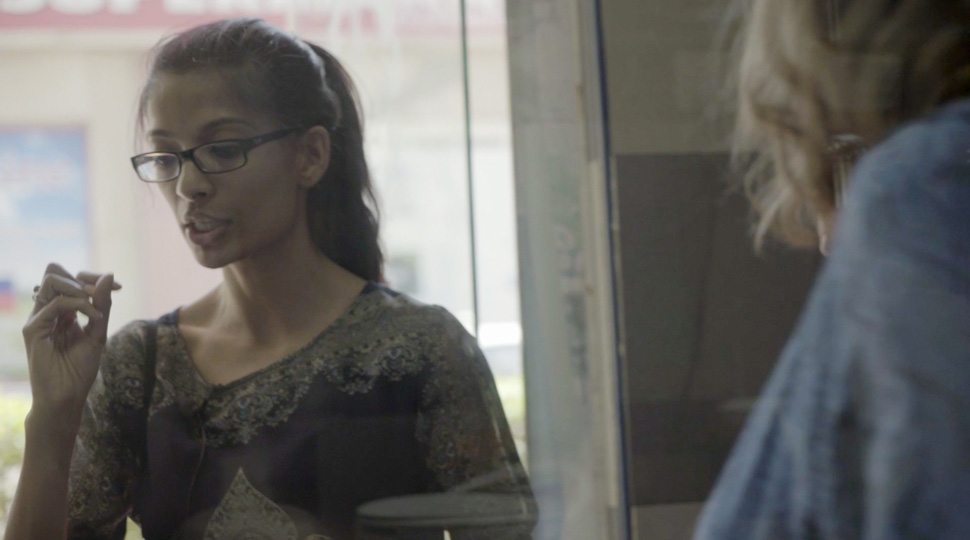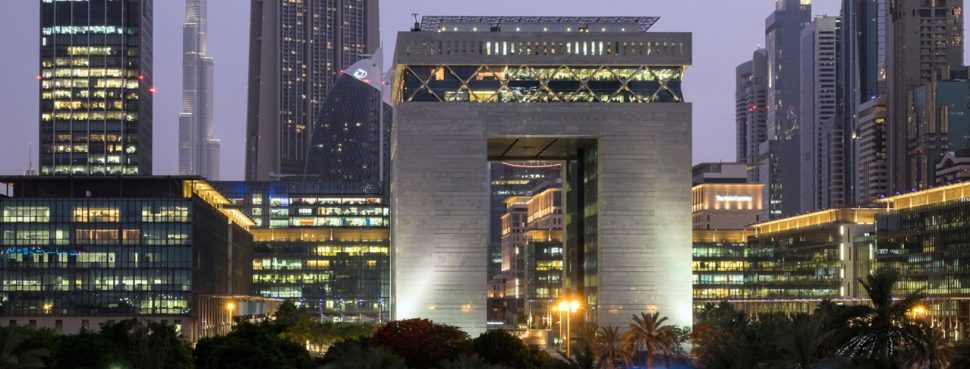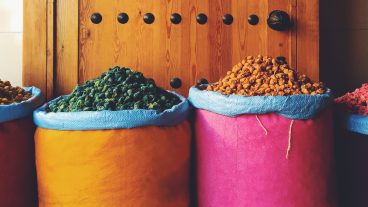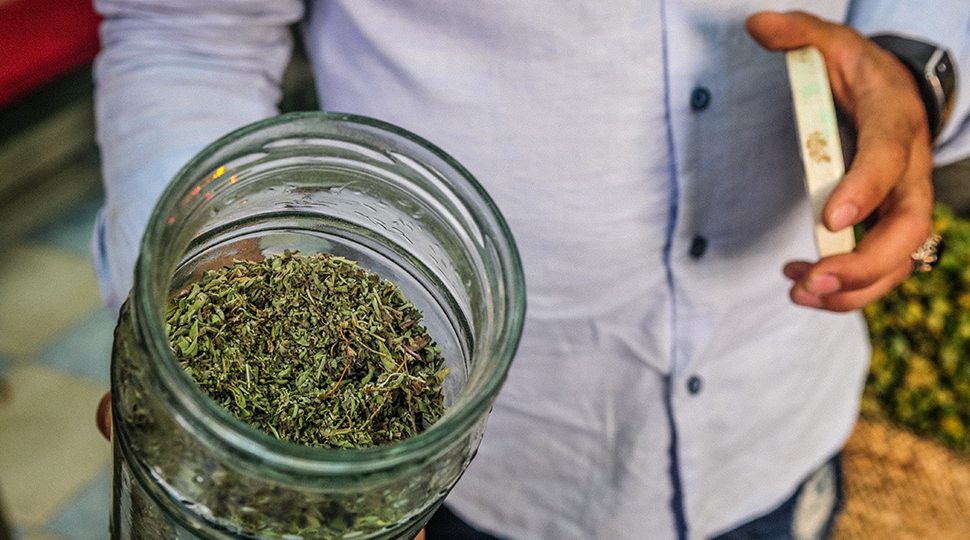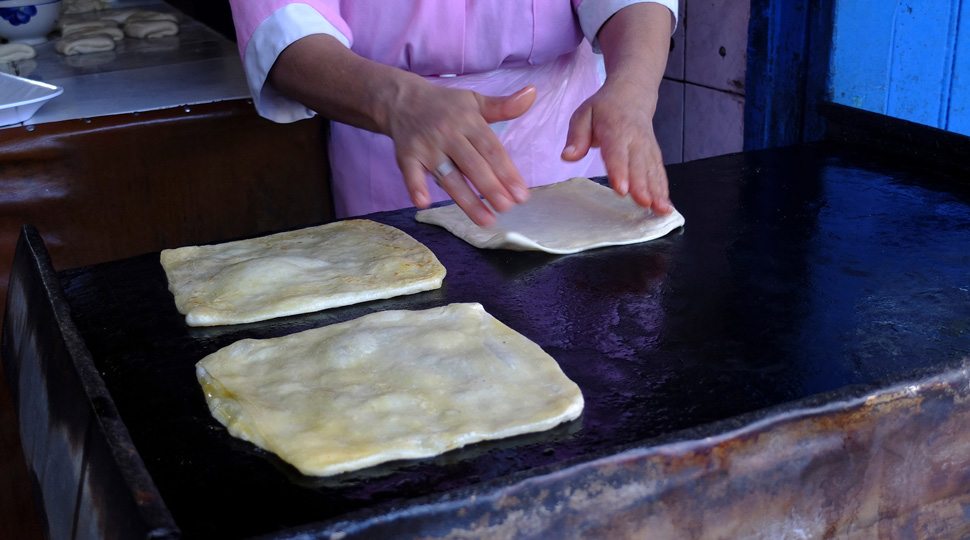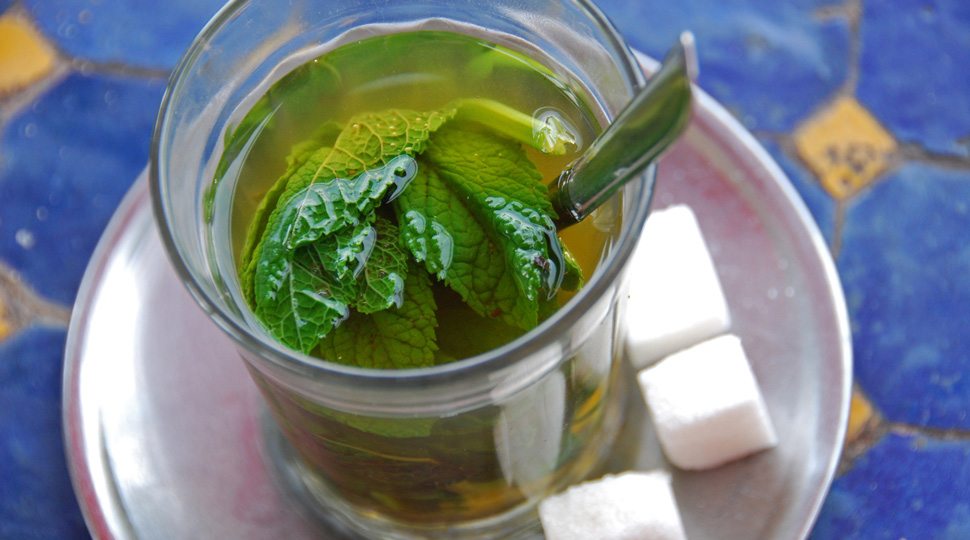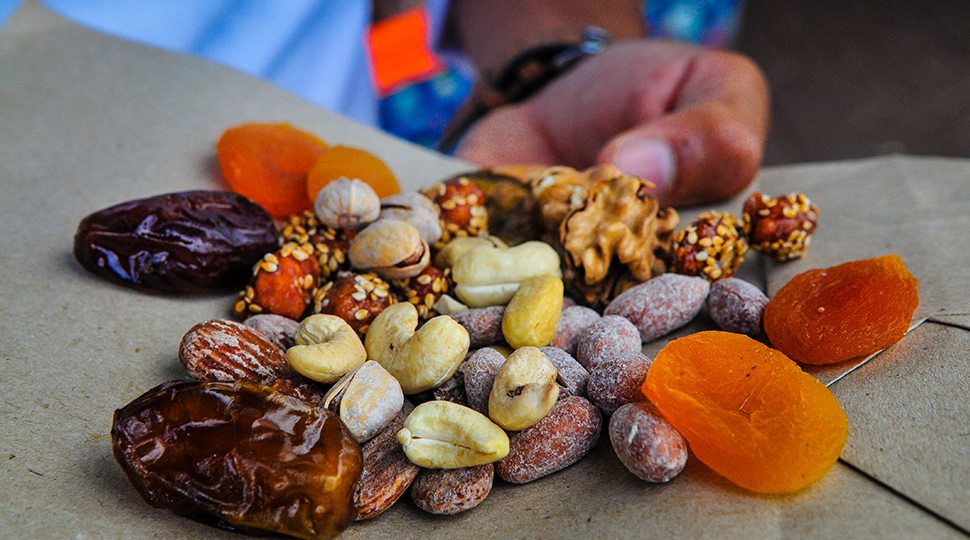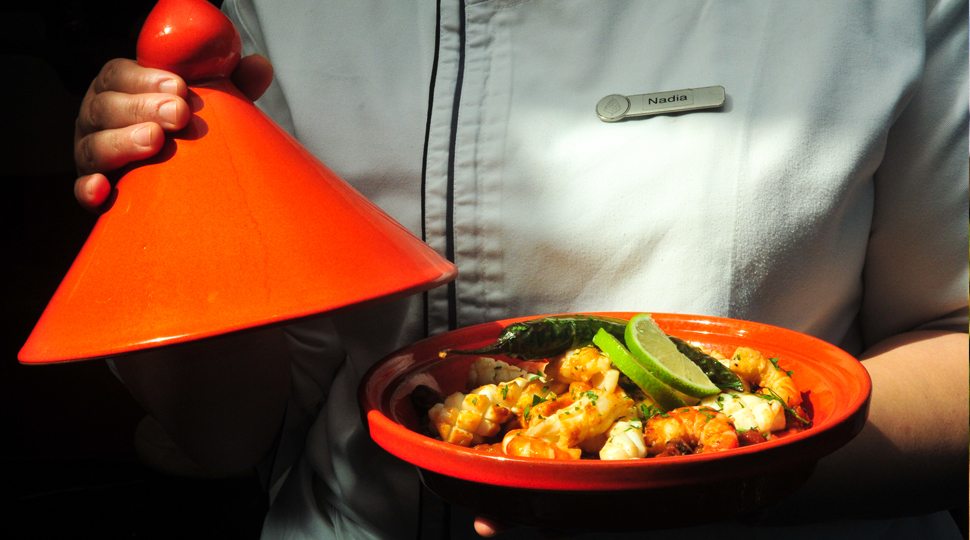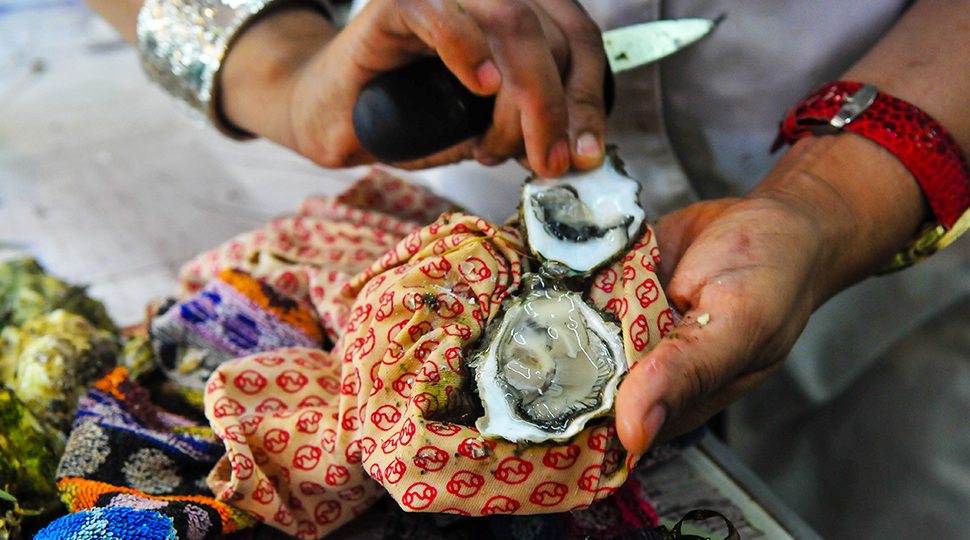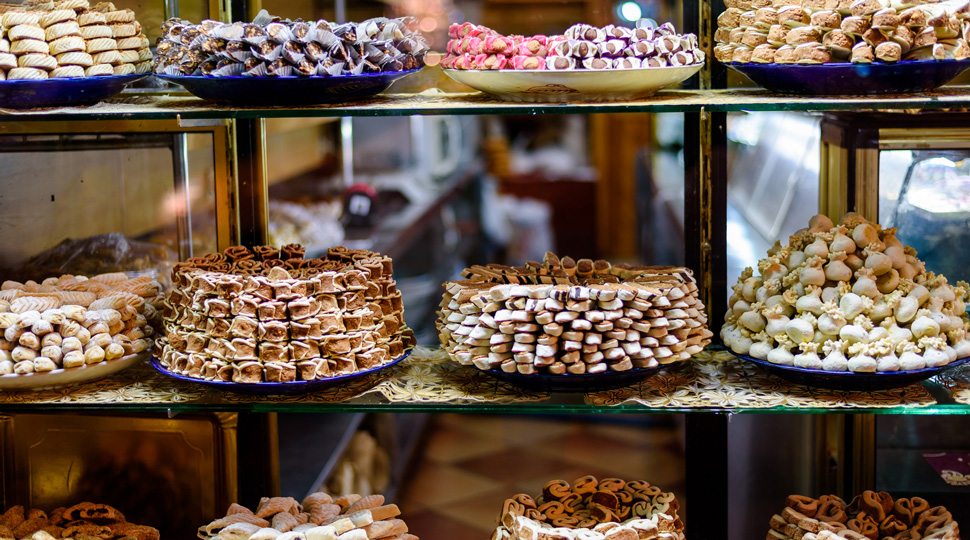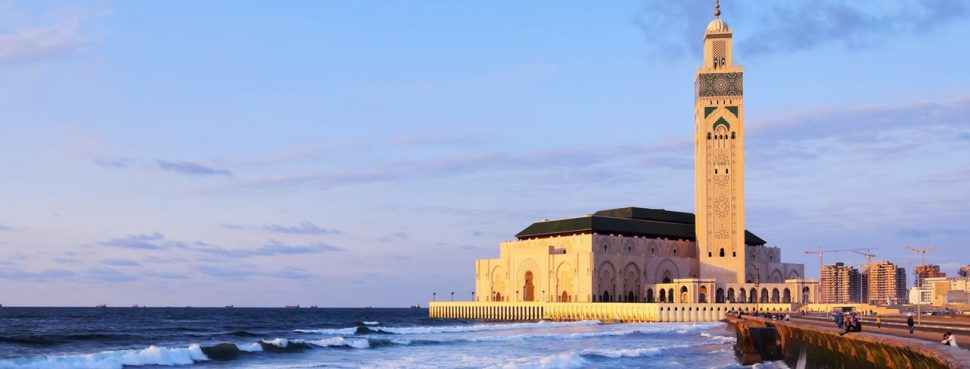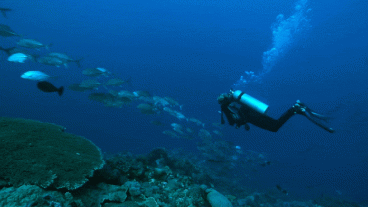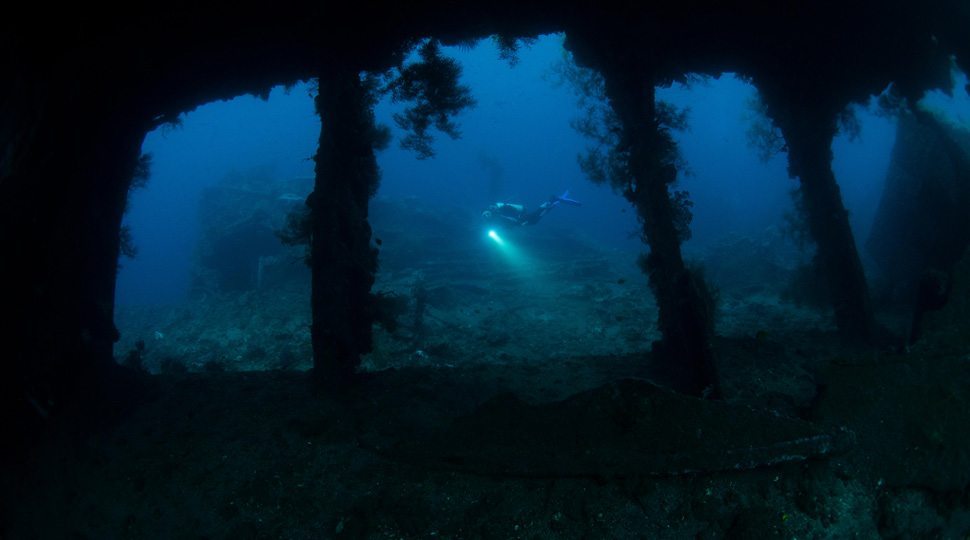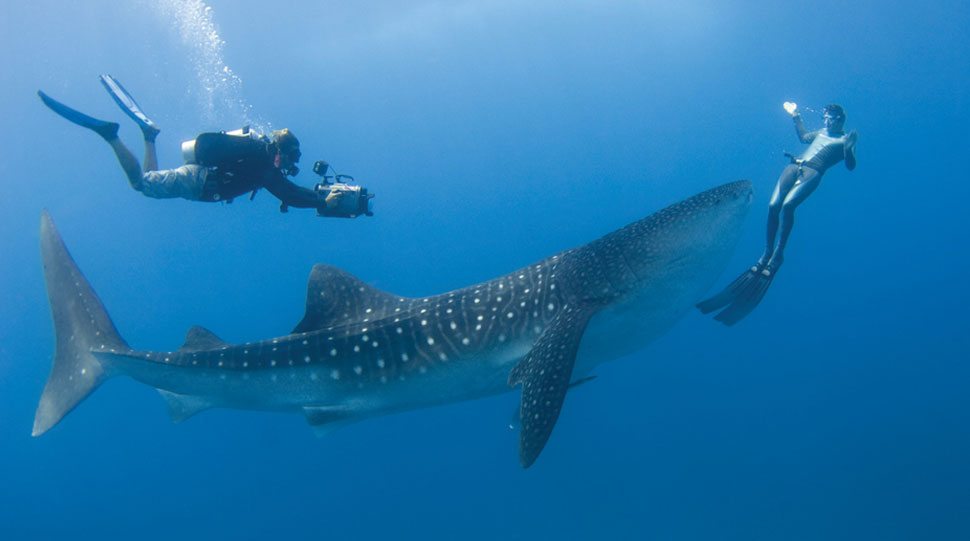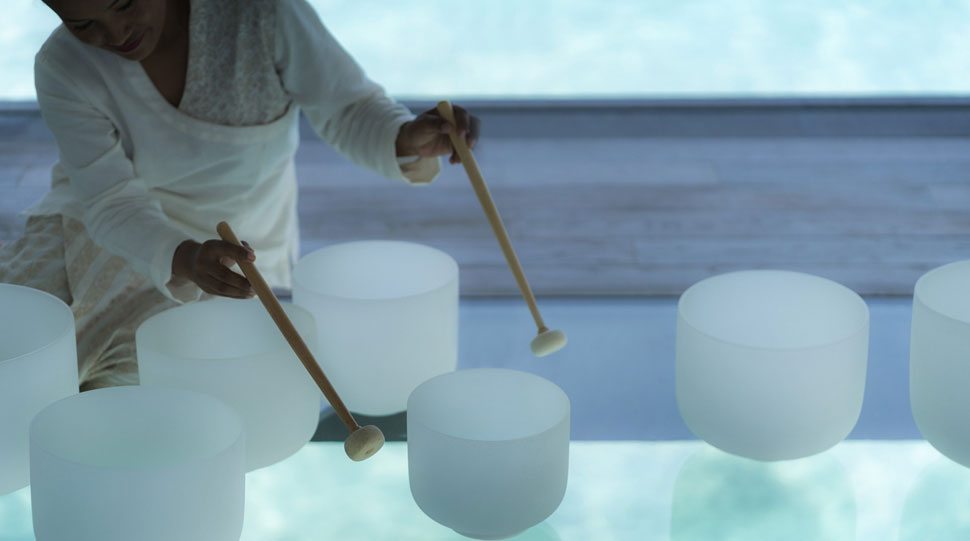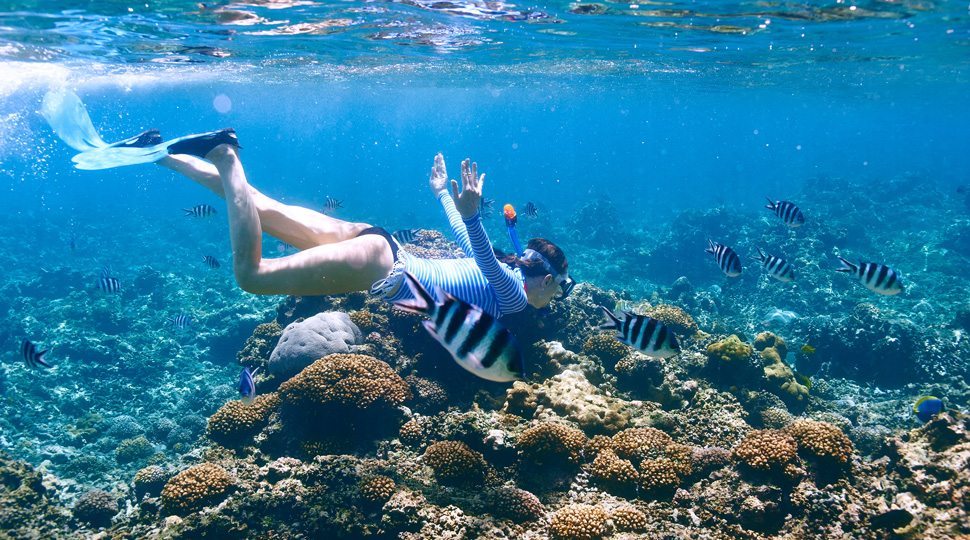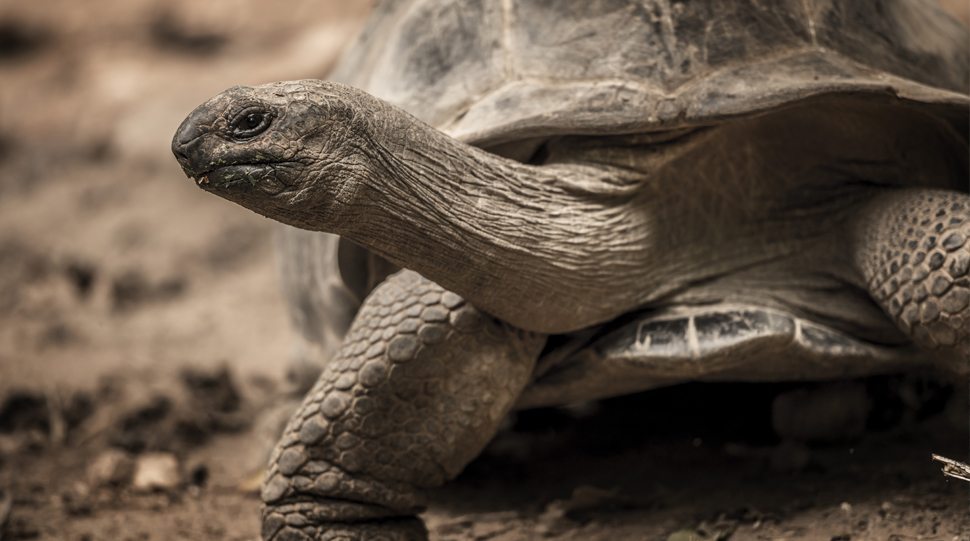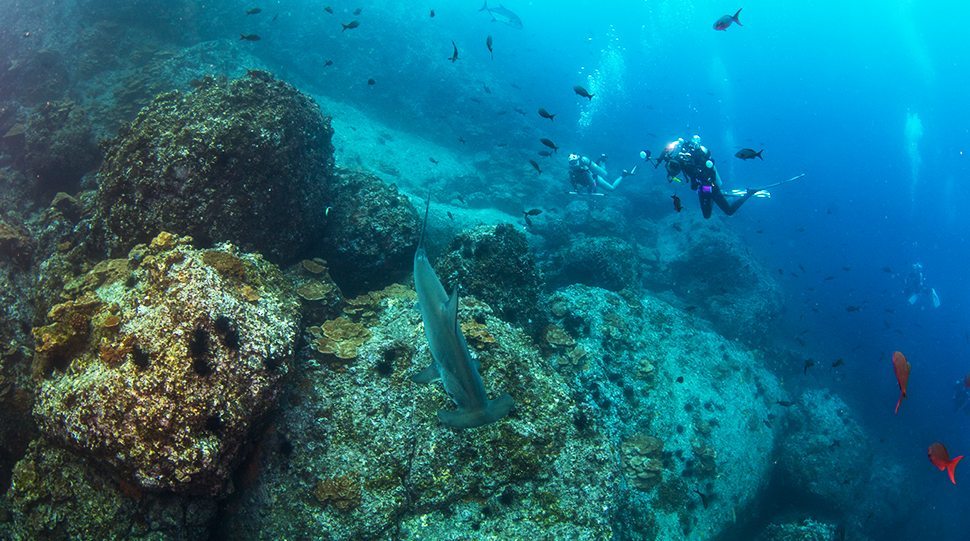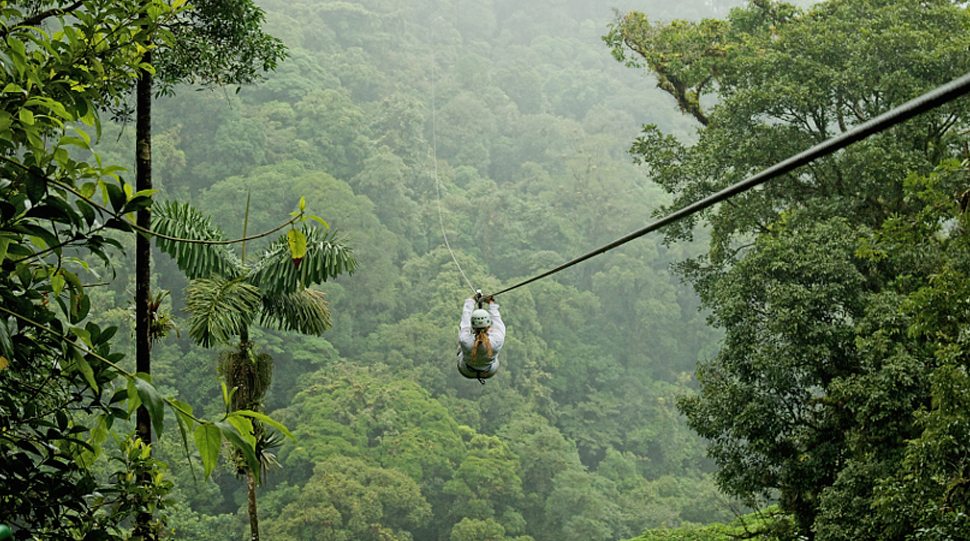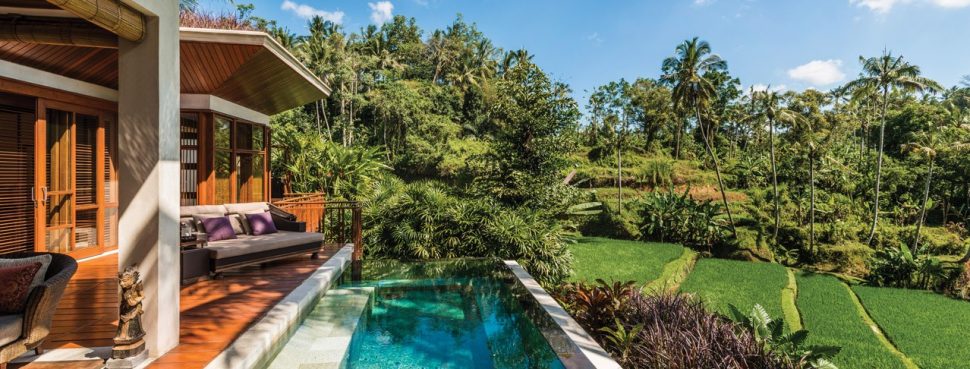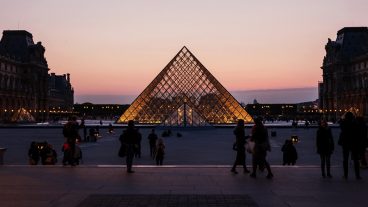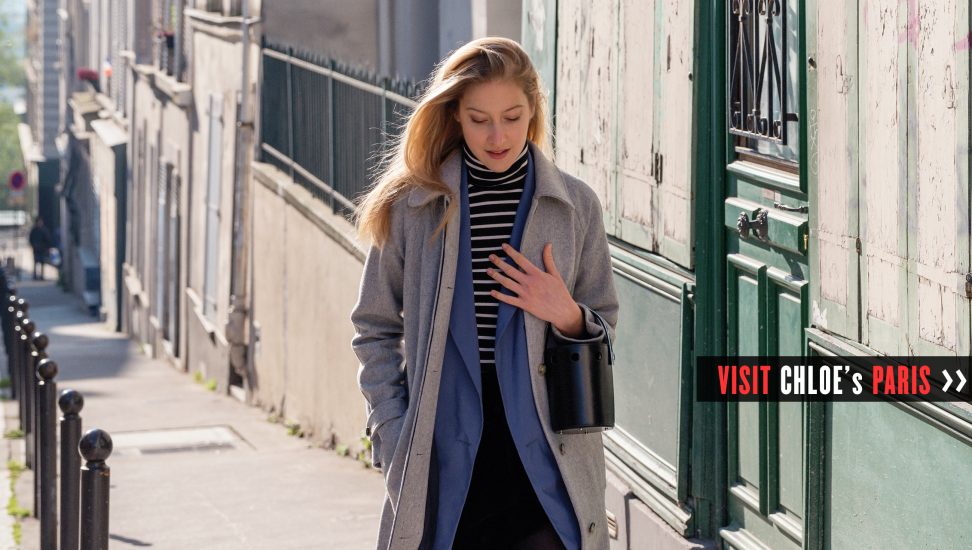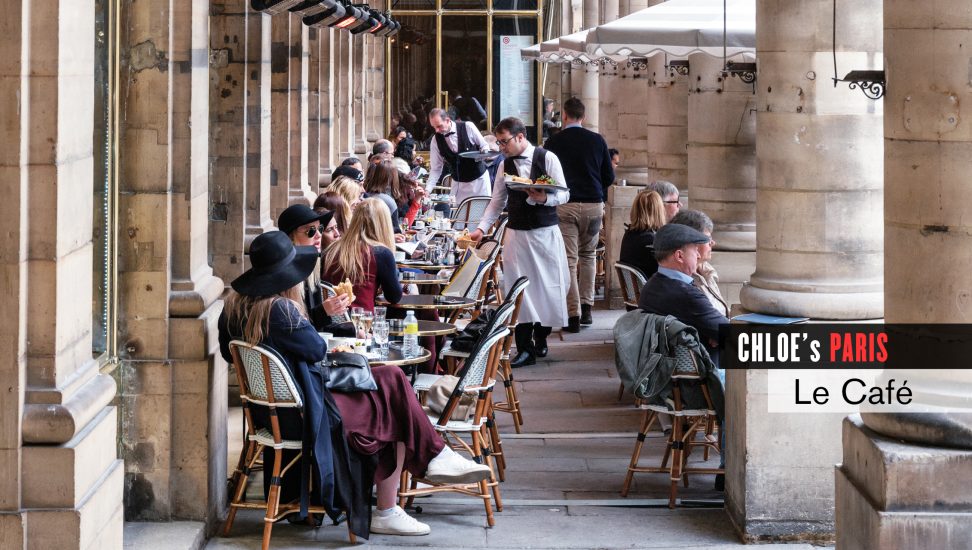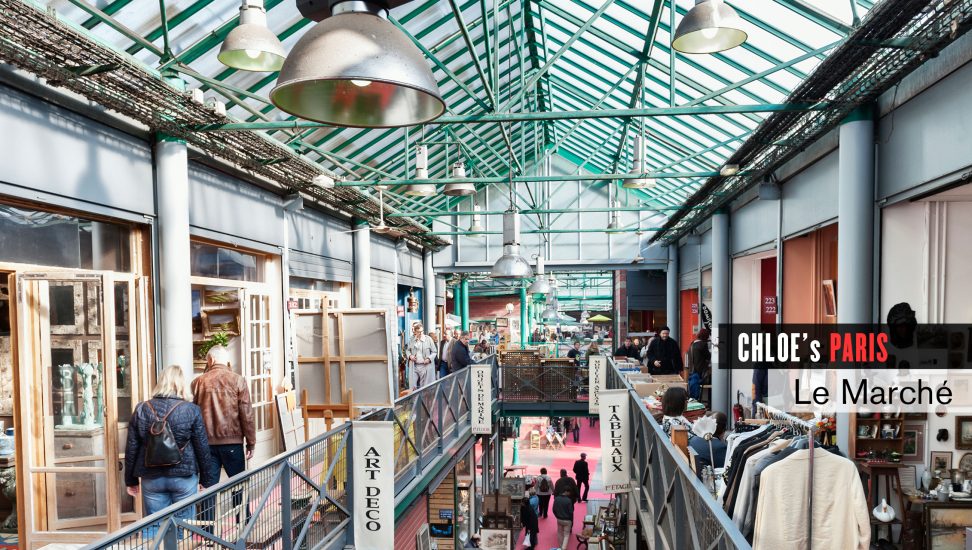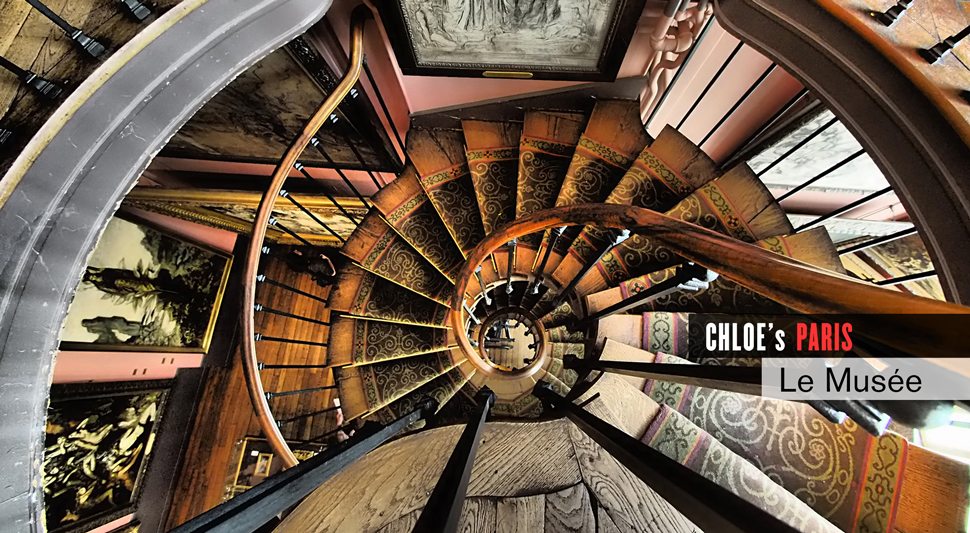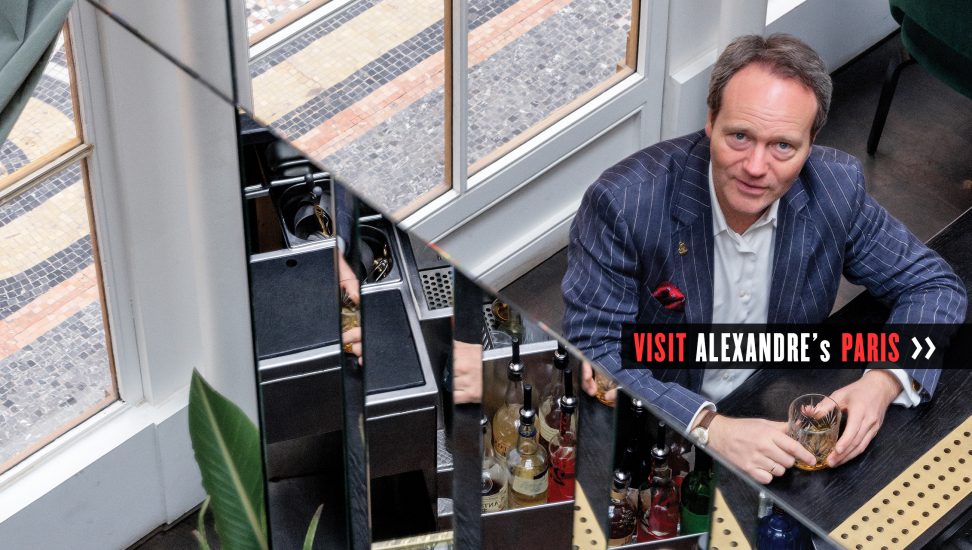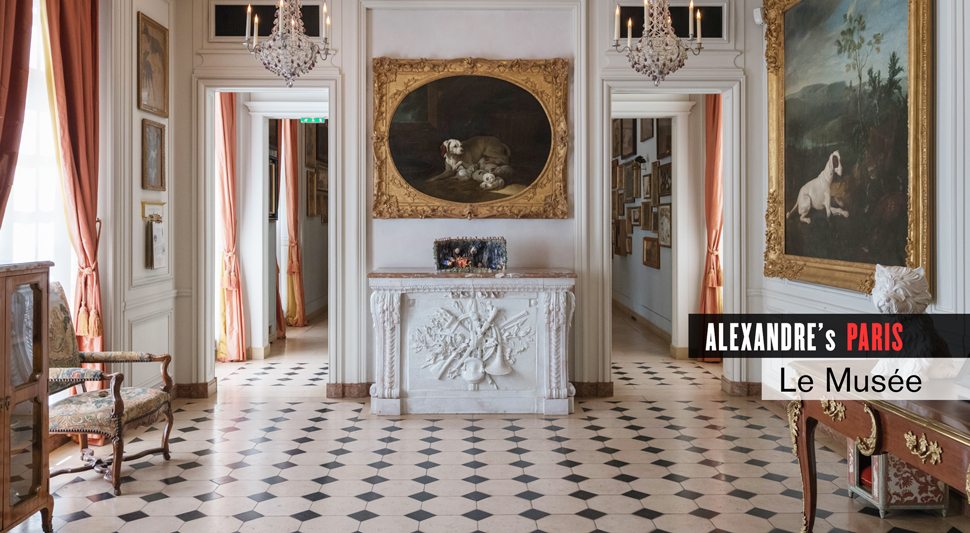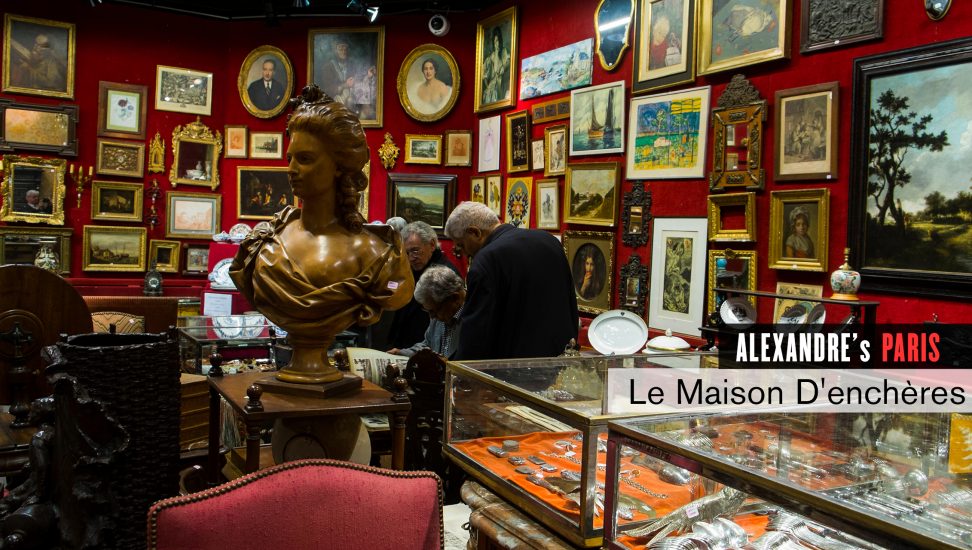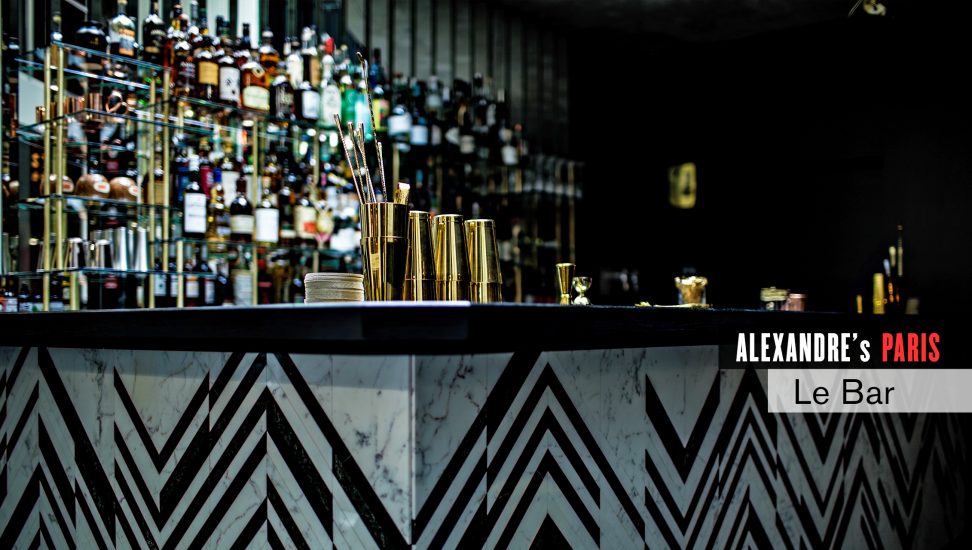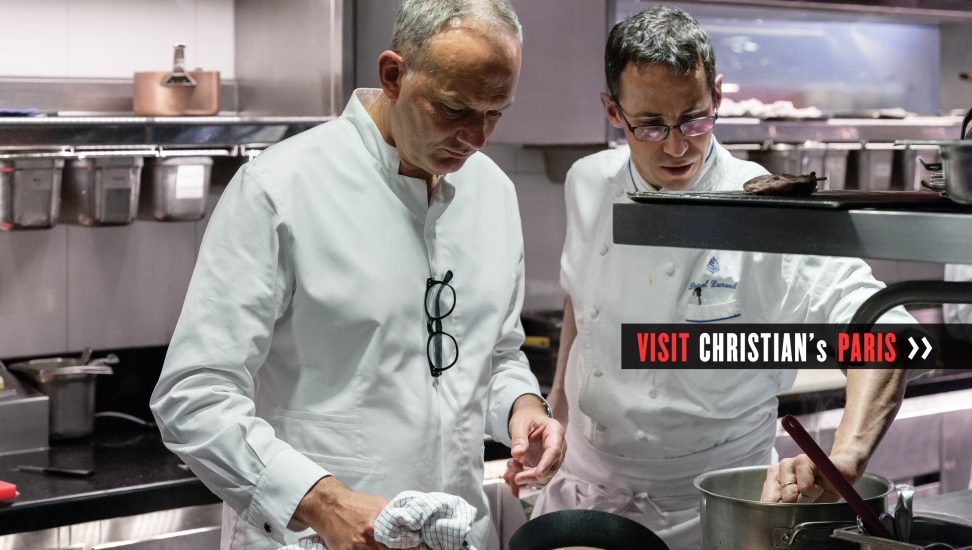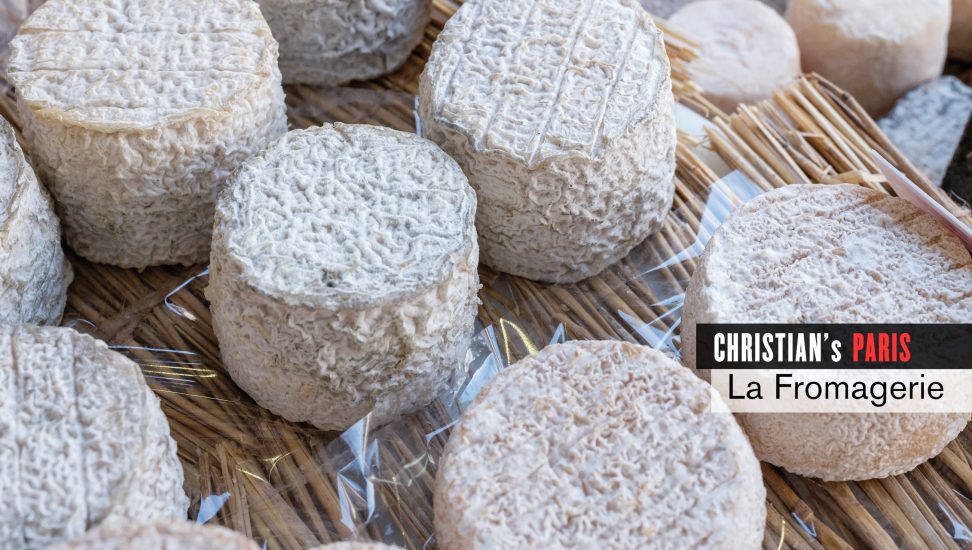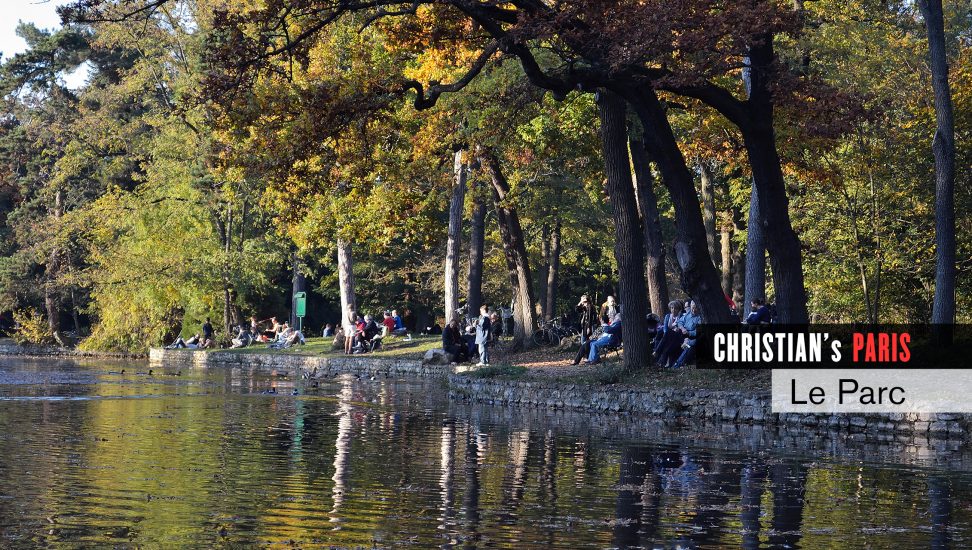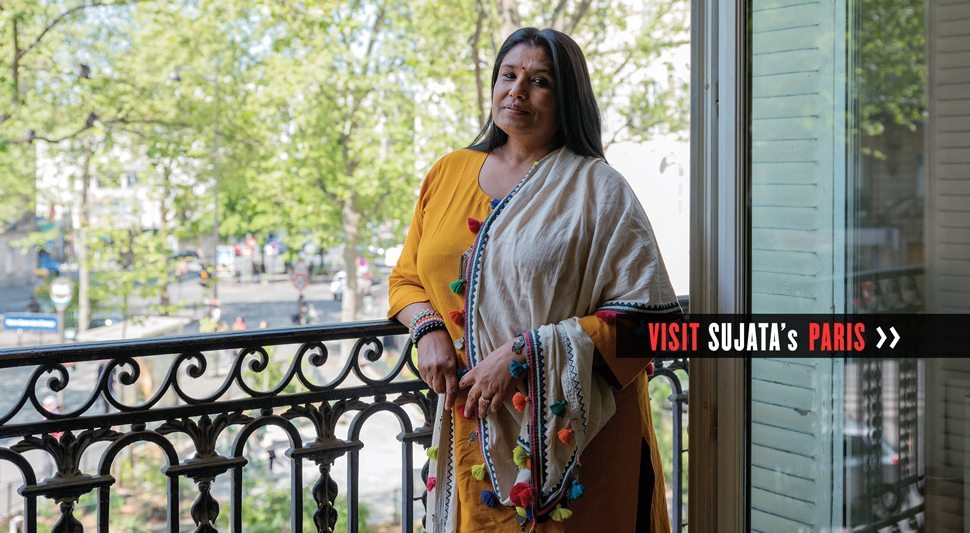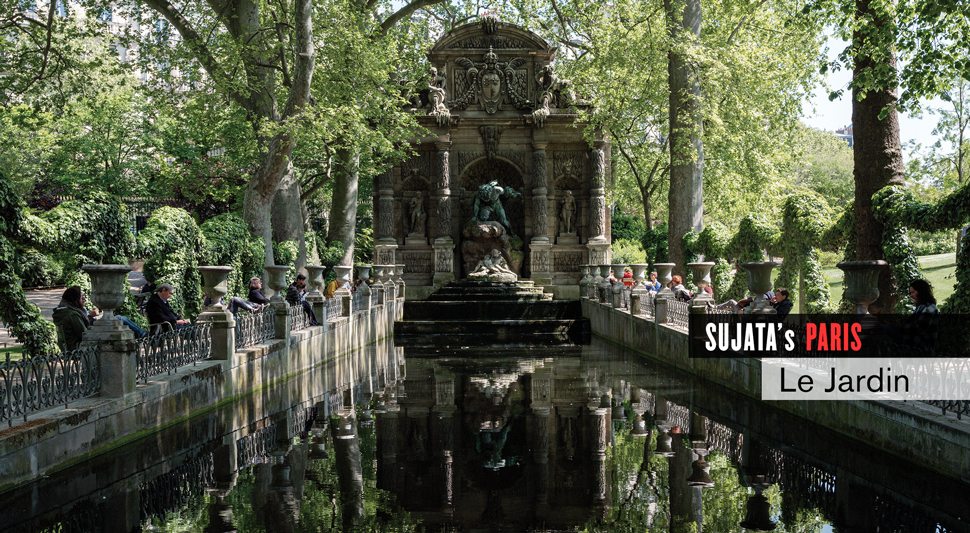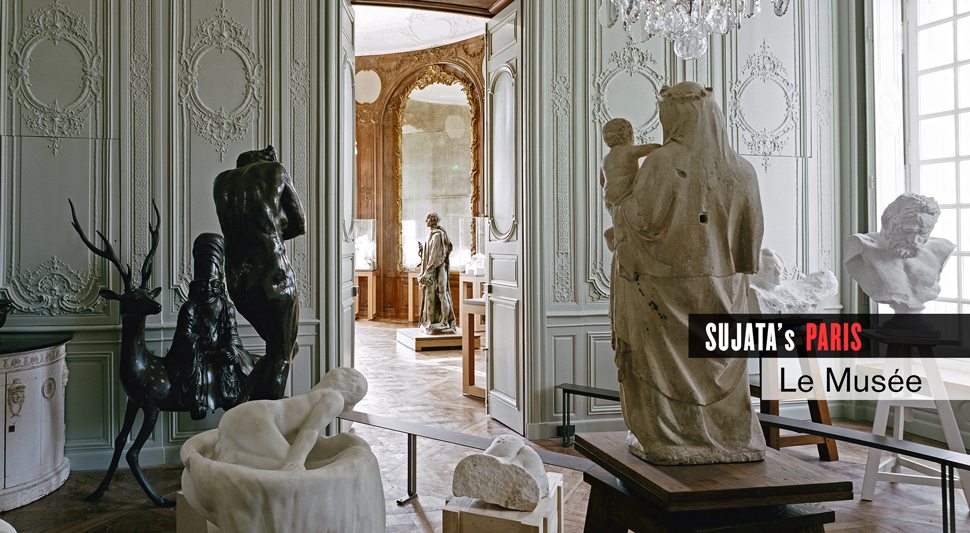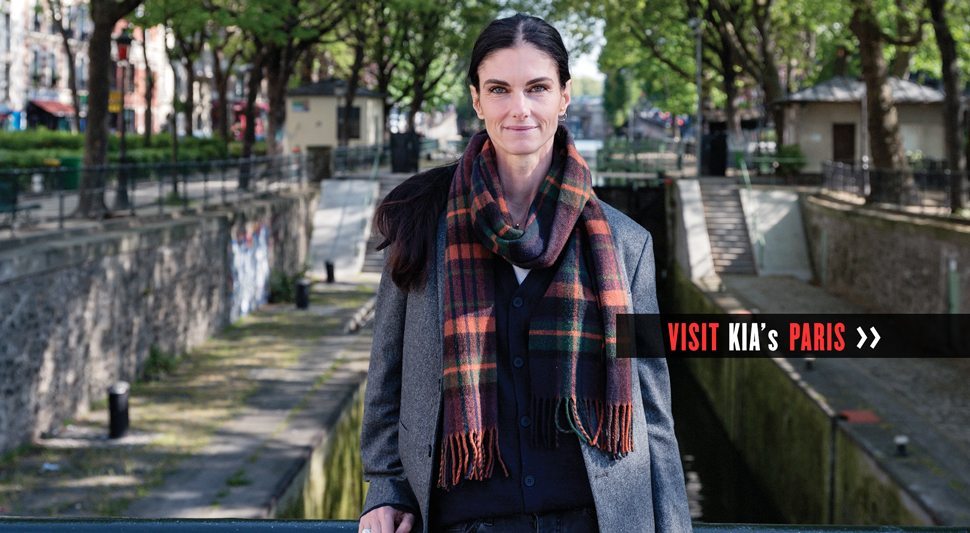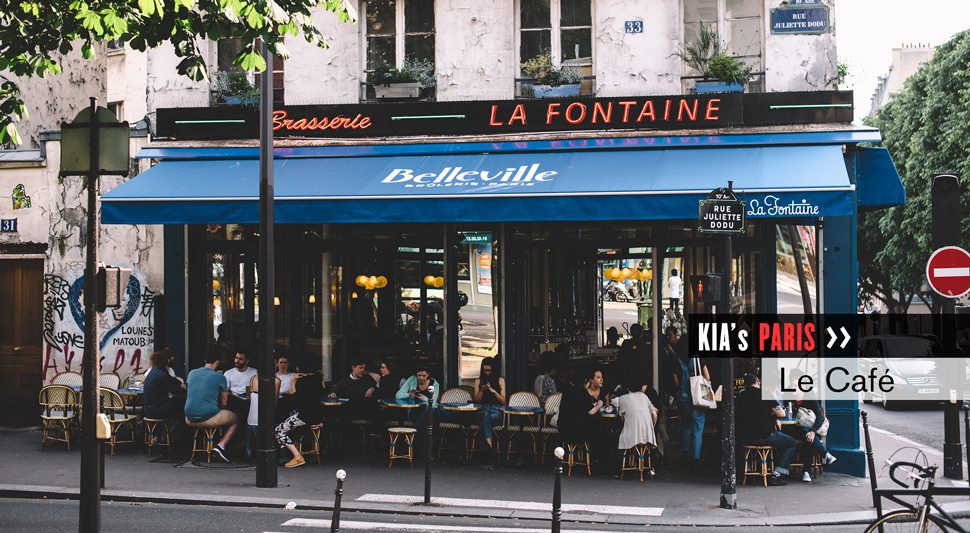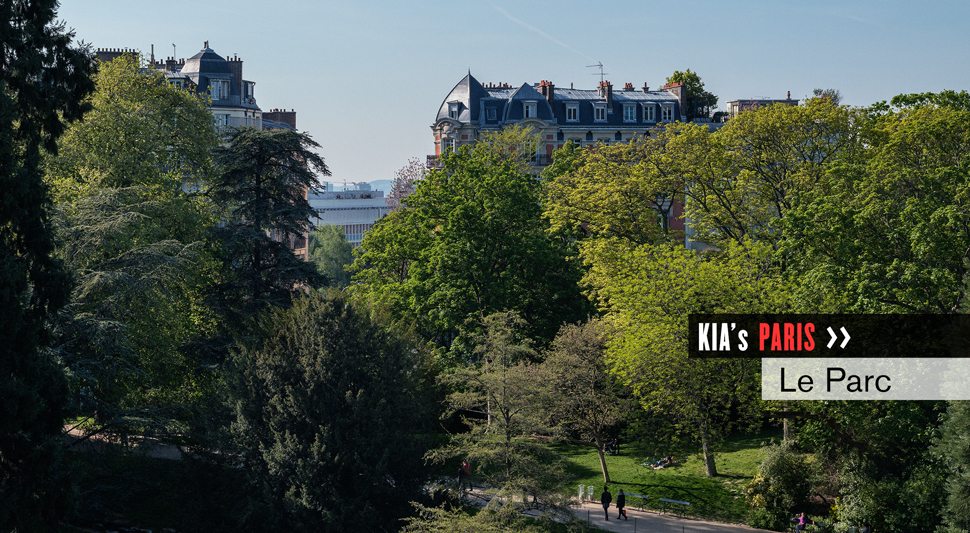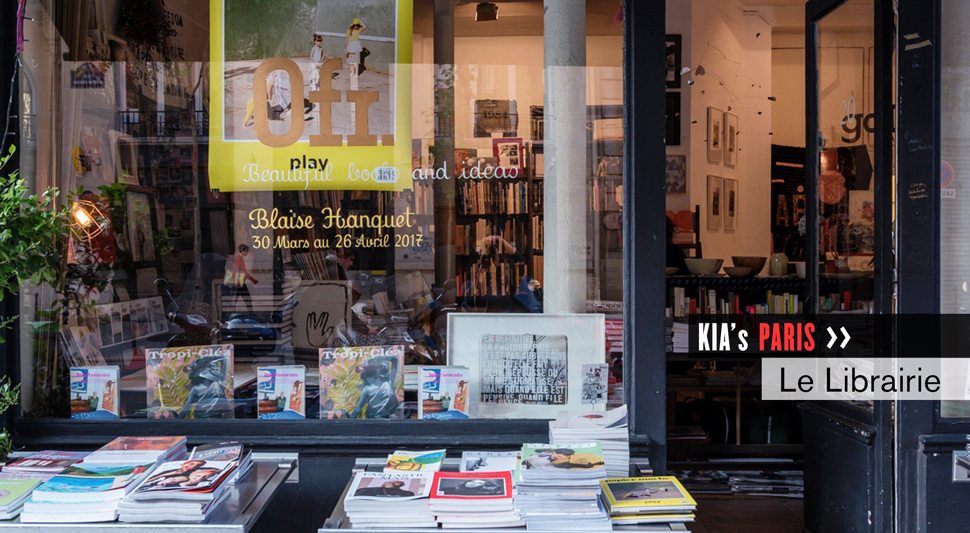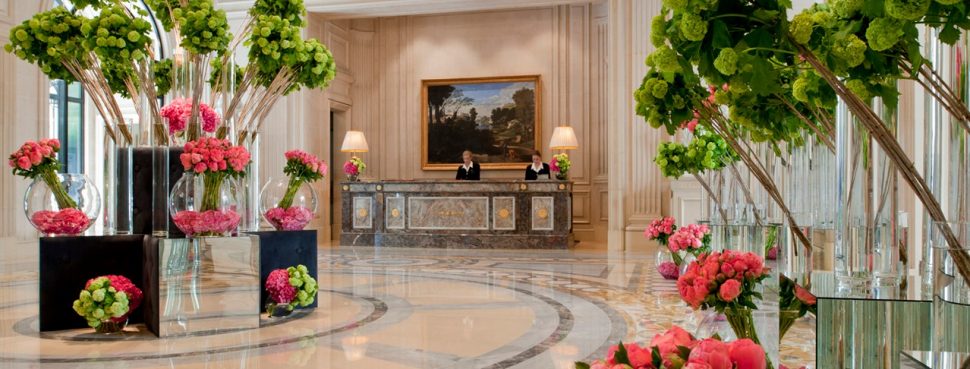Jordan Thomas recently relocated to Boston to join Four Seasons Hotel Boston as bar manager at The Bristol, the Hotel’s buzzy restaurant overlooking the 24-acre Public Garden. When he’s not whipping up innovative cocktails for guests – his favourite, the Midnight Marauder, is a spin on a manhattan that’s named for the Tribe Called Quest album – he’s exploring the city’s burgeoning food and drink scene. Here, Thomas shares his ideal Boston weekend, from secret spots for just-caught seafood to the best artisanal doughnuts in the city.
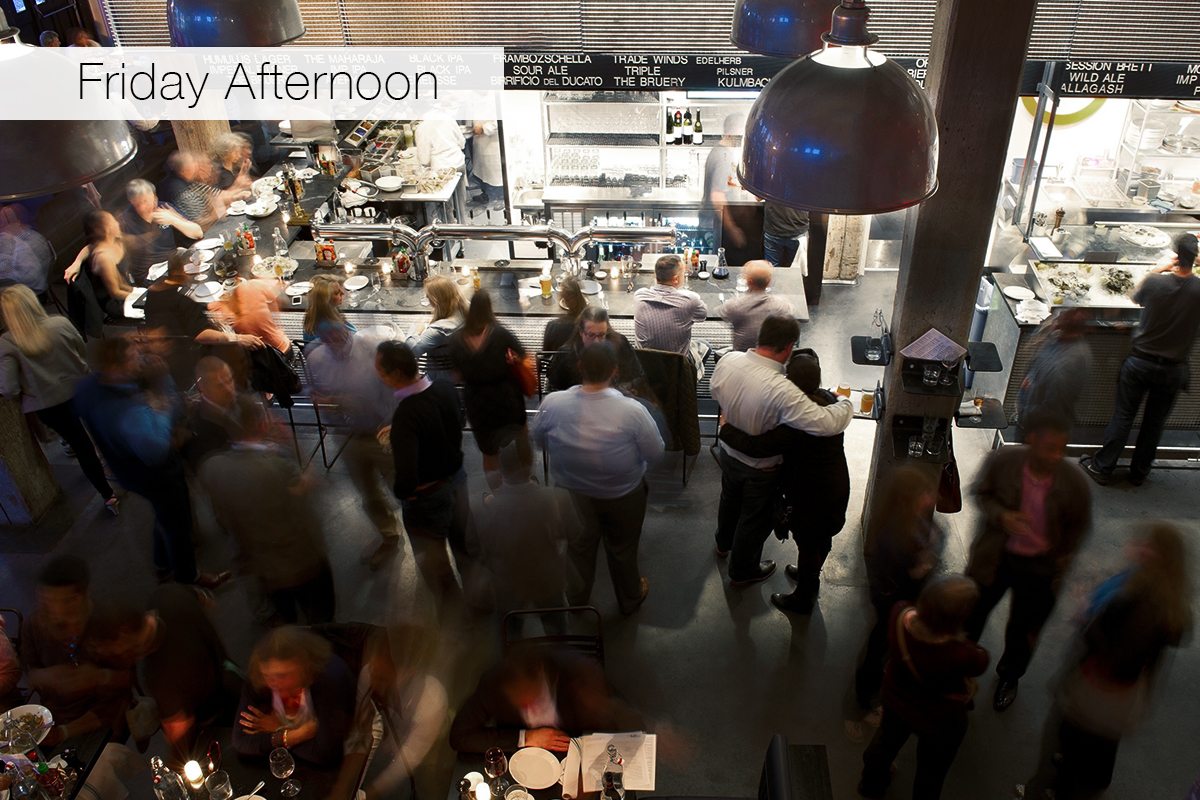
Row 34 at the Boston Seaport
Friday afternoon: Late lunch at the Seaport
“When I’m not behind the bar at The Bristol, I’ll take advantage of the afternoon with a trip to the Seaport for a late lunch at Row 34,” Thomas says. “They have a great selection of oysters, crudo and ceviche – not to mention the best french fries in Boston.” The restaurant also maintains an excellent Old World wine list.
Friday Night: Local brews are just the beginning
Next up: Trillium Brewing Company, where Thomas often picks up growlers or a few cans of the IPA. “Before a night out, I like to host a few friends for drinks,” he says. “We’ll taste some of the Trillium beers in addition to whatever new cocktail recipes I’m working on. Then, the group heads to Yvonne’s for dinner, “a consistently fun and eclectic restaurant with a cosy, upbeat vibe” – a restaurant so beloved, reservations are a must. “It’s difficult to go wrong with anything from their cocktail list, and when you’re dining with friends the Social Plates section of the menu presents an opportunity for everyone to share. I would recommend the Bavette Steak Mirabeau or the Grilled Spanish Octopus.”
Saturday morning: What’s for breakfast?
Thomas kick-starts the day with pour-over coffee at Pavement Coffeehouse on Boylston Street, near legendary Fenway Park. “I’ll pick up a breakfast sandwich there, like the Tequila Sunrise with bacon, egg, diablo cream cheese and pico de gallo,” he says. But if you’re craving a sugar rush, Thomas says, Blackbird Doughnuts is a must. “Fun fact: Blackbird Doughnuts is the only artisanal doughnut shop in Boston that bakes on site, and they’re unreal,” he says. With flavours like sea salted toffee and pumpkin Boston cream on offer, you’ll face some tough choices.
Saturday afternoon: Going old-school
“My barbershop, Bostonian Barber Shop, happens to be right around the corner, so it’s easy to pop in on a weekend if I need a trim,” Thomas says of the barber rated one of Boston’s best. “They’re an old-school type of shop – walk-ins only. The owner is a great guy who was inspired to go into the business by his grandfather.”
His next stop is the 1903 Isabella Stewart Gardner Museum, where the permanent collection includes more than 15,000 pieces of art and such bold-faced names as Michelangelo, Botticelli, Manet and Degas. “I could easily spend half the day exploring the mesmerizing collections, marvelling at the mystery of the largest art theft in the world, or just sitting in the courtyard and walking through the gardens,” Thomas says. Afterwards, nab a late lunch at the newly opened Eventide. Thomas’ order: a brown butter lobster roll and a New England craft beer.
Saturday night: Tiki time at a Japanese tavern
As dusk falls over the city, Thomas heads to dinner with friends at Hojoko. “It’s a Japanese tavern offering solid food and well-crafted tiki cocktails, including a life-changing frozen piña colada,” he says. Thomas’ picks from the dinner menu: seared big-eye tuna burgers and bacon-wrapped hot dogs with bonito flakes.
Sunday morning: Fresh food, fresh air
Thomas starts his day in the South End for a quick breakfast at either the South End Buttery (“great breakfast sandwiches!”) or Joanne Chang’s Flour Bakery & Cafe – or, occasionally, both. Then it’s off to peruse the wares at Sault New England. “I love the selection of men’s clothing, but they also have great vintage goods and bar accessories,” Thomas says. “Everything they carry really embodies that iconic New England feel.”
Sunday afternoon: Picnic in the arboretum
For an afternoon well spent, he picks up a sandwich to go from Formaggio Kitchen on Shawmut Avenue, and then heads straight to the 281-acre Arnold Arboretum of Harvard University. “The old paperbark maple trees as well as all the Asian flora make me feel like I’m walking through a scene of the movie Dreams, directed by Akira Kurosawa,” Thomas says. “After that I’ll walk up to the top of Peters Hill, which is a great place to sit down, unpack my lunch and take in the Boston skyline.”
Sunday night: With a side of vinyl
For Thomas, there’s no better way to wrap up the ideal weekend than with cocktails, or dinner, at Tres Gatos. “They have a great selection of mescal and a constantly changing small plates menu; you can’t go wrong with whatever preparation of chicken liver mousse they’re offering,” he says. “Insider tip: There’s a record shop in the back of the restaurant where you can flip through the classics on offer and consider adding to your collection.”

